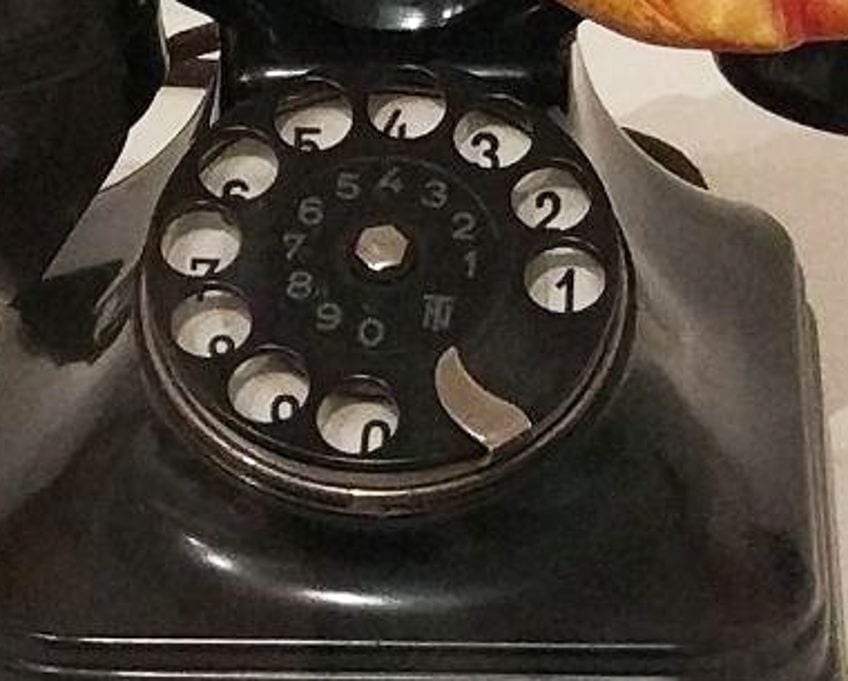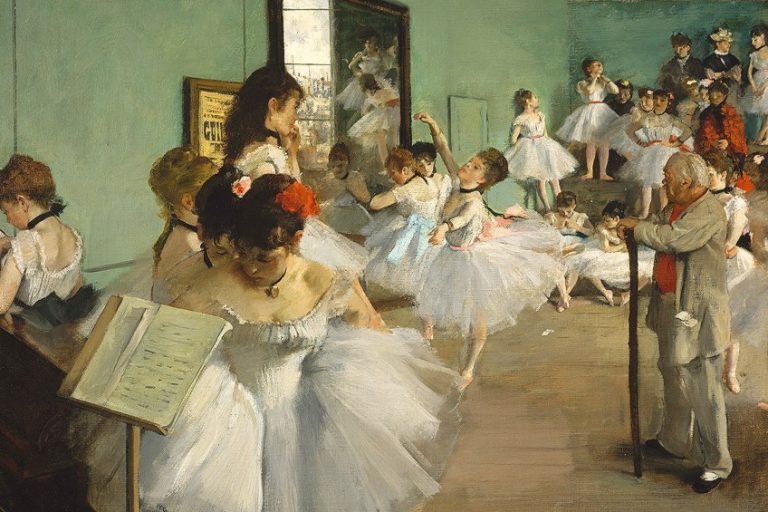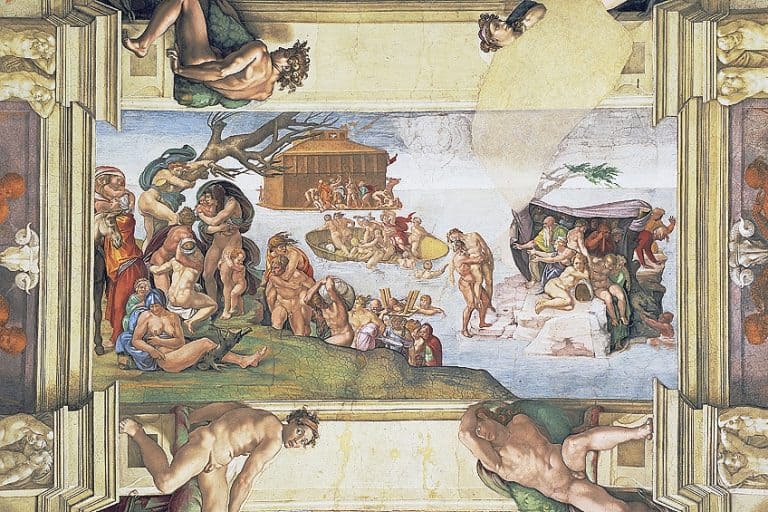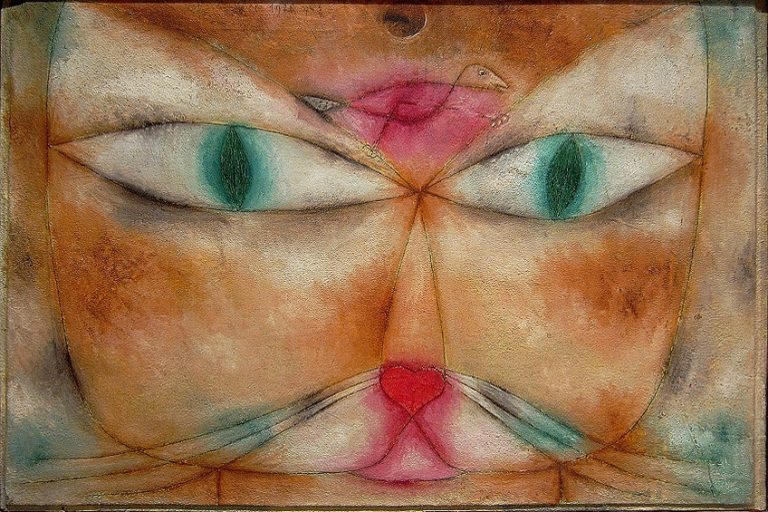“Lobster Telephone” by Salvador Dalí – A Detailed Analysis
What do a cooked lobster and a phone have in common? That would be Salvador Dalí. Read further as this article discusses the artwork titled Lobster Telephone (1936) by the beloved Surrealist, and what the reasons are behind why he constructed this unique art piece.
Artist Abstract: Who Was Salvador Dalí?
The famous Surrealist, Salvador Dalí, was born and died in Figueres, Spain. His birthday was May 11, 1904, and he died on January 23, 1989. He was a multifaceted artist and started his artistic journey from a young age. His studies included the San Fernando School of Fine Arts in Madrid where was eventually expelled from. Dalí is often described as “eccentric”, and he was known for being unique and peculiar in his ways. He was also known as a “dandy” due to his style. Some of the art styles that influenced him included the Renaissance, Impressionism, Cubism, and Futurism. He also explored ideas around the subconscious in his art and was influenced by Sigmund Freud’s theories. Some of his famous artworks include The Persistence of Memory (1931), The Temptation of St. Anthony (1946), and The Elephants (1948).

Lobster Telephone (1938) by Salvador Dalí in Context
| Artist | Salvador Dalí (1904 – 1989) |
| Date Painted | 1938 |
| Medium | Mixed media including resin, rubber, paper, steel, and plaster |
| Genre | Sculpture |
| Period/Movement | Surrealism |
| Dimensions (Millimeters) | 178 x 330 x 178 |
| Series/Versions | Part of a series of 11 lobster telephones. |
| Where Is It Housed? | Tate Modern, London, United Kingdom (the other versions are in various museum collections worldwide). |
| What It Is Worth | The white Lobster Telephone (1938) was purchased for £853, 000 in 2018 by the Scottish National Gallery of Modern Art in Edinburgh, Scotland. |
The Lobster Telephone by Salvador Dalí is one of reportedly 11 such phones designed by the Surrealist. The lobster phone analysis will provide a contextual basis around their origin and symbolism. Additionally, if you would like a closer look at what this Lobster Telephone is all about, read further as a formal analysis will provide a visual description and a discussion of how the art elements create this quirky piece.
Contextual Analysis: A Brief Socio-Historical Overview
Lobster Telephone by Salvador Dalí was commissioned by Edward James. He was a British poet and supported the Surrealism art movement and its development, notably its spread in Britain. He was also a patron for several Surrealist artists, including Dalí.
Dalí and James, who reportedly met in 1934 in Cadaqués in Catalonia, both shared experiences that involved lobsters, which influenced the idea of the Lobster Telephone pieces, of which 11 were reportedly commissioned and made. The production of the lobster telephones was done by Green & Abbot in London, which was an interior decorating and furniture-making company.
Numerous art sources around the origins of the Lobster Telephone by Salvador Dalí point to one of his drawings from 1935, which he captioned “New York Dream – Man Finds Lobster Instead of Phone”.
The drawing was for the magazine/journal titled, The American Weekly, which included several drawings that reportedly conveyed what Dalí thought about New York. Interestingly, Dalí first set foot in the United States in November 1934 and met the publisher of The American Weekly, William Randolph Hearst, who reportedly commissioned him to create the drawings.
There are two famous accounts that relate to the origin of the Lobster Telephone, which occurred in 1936. One was during Dalí’s visit to Edward James’s house in London, and where a group of people who visited there ate lobsters, of which one of the lobster shells was thrown onto the telephone. The second involved an account when Edward James visited an aristocrat who reportedly had an ice bucket of lobsters at her bedside and accidentally picked up a lobster when her telephone rang.

Dalí also talked about the famous lobster and telephones in his autobiography, The Secret Life of Salvador Dalí (1942). In it, he wrote about the cooked phone, which is widely quoted, “I do not understand why, when I ask for a grilled lobster in a restaurant, I am never served a cooked telephone”. He also described telephones as “warm” and “sticky” and why these are also not chilled in silver buckets with ice the way champagne is.
Lobsters reportedly symbolize sexuality to Dalí and are linked to certain seafoods that are aphrodisiacs. Dalí hints further at this connection by his placement of the lobster’s genitalia near the mouthpiece of the telephone’s receiver in his famous Lobster Telephone.
This recalls Dalí’s The Dream of Venus (1939), which was a building designed by Dalí for the World’s Fair held in New York in 1939. Part of this was several nude female models who wore lobster-inspired outfits with lobsters that covered their genitalia.
Another example of the lobster and telephone includes Dalí’s white Lobster Telephone, also titled White Aphrodisiac (1938). It depicts a white ensemble; the telephone is a white Bakelite, and the lobster is made of white plaster. The telephone’s cord is on the right side and the lobster’s tail and genital area are positioned over the receiver’s mouthpiece. Dalí’s lobsters also inspired others, notably Elsa Schiaparelli, who was a fashion designer. She created her famous Lobster Dress in 1937 with Salvador Dalí, which depicted a long red lobster on the lower half front, its head, antennas, and claws facing downwards.
Where Are All the Lobster Telephones?
The Dalí lobster telephones are in various collections worldwide, and not all in one location. However, Edward James’s old house and estate is now The Edward James Foundation, which was reportedly the original collection for the lobster telephones, but these were auctioned and purchased by various collectors. The four colored lobsters are located at the Tate Modern in London (the lobster you will read more of in the formal analysis below), the Museum für Kommunikation Frankfurt in Germany, the National Gallery of Australia in Canberra, Australia.
The other is reportedly held at the West Dean College of Arts and Conservation in England, which is part of The Edward James Foundation.
The white versions of the lobster telephones are reportedly held in various countries, for example, South Africa, the United States, Portugal, the Netherlands, and England. Only one white lobster stayed in the United Kingdom due to an “export license deferral”. The white Lobster Telephone by Salvador Dalí was reportedly bought in 2018 for £853, 000 by the Scottish National Gallery of Modern Art with financial assistance from the Art Fund and the Henry and Sula Walton Fund.
Formal Analysis: A Brief Compositional Overview
The formal analysis below will start with a visual description of the Lobster Telephone by Salvador Dalí, discussing the appearance of the subject matter and how it is portrayed. It will also briefly discuss the art elements, which are known as the “building blocks” of visual composition, and how these arrange the Lobster Telephone. It is important to note that this formal analysis will discuss the Lobster Telephone that is housed at the Tate Modern in London, England.

Subject Matter: Visual Description
Lobster Telephone by Salvador Dalí depicts a black Bakelite telephone with a red lobster neatly nestled on top of the telephone’s receiver. The lobster is positioned with its claws and mouth area facing in the right direction and on the right side of the telephone’s receiver.
The lobster’s tail and genital region are positioned on the left side of the telephone’s receiver.
This is the same side as the telephone’s receiver’s mouthpiece when held to talk into it. The telephone’s cord also appears to be attached to the left side. At the base of the telephone is a small rectangular plaque label that indicates the company that made the telephone, which was the Bell Company. Reportedly, this telephone’s handset is a Siemens.

Texture
Although the lobster is not a real lobster in Lobster Telephone by Salvador Dalí, the texture painted on it is implied, for example, the hard surface area of its outer shells. Similarly, the phone has a hard and glossy surface and is the real object.

Color
Lobster Telephone by Salvador Dalí has naturalistic colors, namely the lobster is a red/orange color and the telephone is mostly black. There are other, smaller areas of color from other parts of the telephone, for example, white where the numbers are underneath the dial, and silver from metal parts.
Finally, there are brownish-beige rectangular plaques on the lower part of the telephone.

Line
The type of lines in Lobster Telephone by Salvador Dalí are naturalistic and also described as organic. These appear curved, diagonal, and mostly irregular as these delineate the objects of the lobster and telephone.

Shape and Form
Lobster Telephone by Salvador Dalí has naturalistic/organic shapes and forms, which are juxtaposed with some geometric shapes from the mechanical structure of the telephone. Some of the shapes and forms that occur are, for example, the crescent-like shapes of the lobster’s claws, the larger circular shape of the telephone’s dial with the 10 smaller circles on it, and the square shape of the telephone’s base.
This contrasts with the longer, more irregular form, of the lobster’s body.

Space
Because Lobster Telephone by Salvador Dalí is a sculptural piece, it is three-dimensional (compared to a two-dimensional canvas painting). It allows a 360 angle around the piece, which creates a dynamic space wherein we, the viewers, interact and engage by walking around it to view all its sides.

Answer the Phone…If You Dare!
The lobster phone analysis above discussed the Tate Modern’s version of the Lobster Telephone by Salvador Dalí. It is a perfect pairing and juxtaposition of the natural (a lobster) and man-made (a telephone). Dalí did not scrimp on the surreal aspects of his Lobster Telephone, and instead, he left the line open, so to say, for interpretation and interaction.

Imagine picking up a ringing telephone, but instead of a handle, it is a lobster! The Lobster Telephone by Salvador Dalí is something that would sit on a bedside table in a wacky Dalí dream, and the only request of you is to answer the phone and find what awaits you on the other line.
Take a look at our Lobster Telephone webstory here!
Frequently Asked Questions
Who Made the Lobster Telephone?
The Surrealist artist, Salvador Dalí, made the sculptural piece titled Lobster Telephone (1938). It depicts a red lobster on a black telephone and was made from a variety of media including plaster, rubber, steel, resin, and paper.
How Many Lobster Telephones Are There?
There are reportedly 11 lobster telephones that Surrealist artist Salvador Dalí made. They vary in color; reportedly four are done in red on black Bakelite telephones and seven are white, which includes the lobster and telephone.
Who Did Dalí Make the Lobster Telephone For?
The famous lobster telephones, by the Surrealist artist Salvador Dalí, were commissioned by Edward James, who was a British poet. Reportedly, the interior company Green & Abbot in London produced/manufactured the telephones after Dalí created the design for them.
Alicia du Plessis is a multidisciplinary writer. She completed her Bachelor of Arts degree, majoring in Art History and Classical Civilization, as well as two Honors, namely, in Art History and Education and Development, at the University of KwaZulu-Natal, South Africa. For her main Honors project in Art History, she explored perceptions of the San Bushmen’s identity and the concept of the “Other”. She has also looked at the use of photography in art and how it has been used to portray people’s lives.
Alicia’s other areas of interest in Art History include the process of writing about Art History and how to analyze paintings. Some of her favorite art movements include Impressionism and German Expressionism. She is yet to complete her Masters in Art History (she would like to do this abroad in Europe) having given it some time to first develop more professional experience with the interest to one day lecture it too.
Alicia has been working for artincontext.com since 2021 as an author and art history expert. She has specialized in painting analysis and is covering most of our painting analysis.
Learn more about Alicia du Plessis and the Art in Context Team.
Cite this Article
Alicia, du Plessis, ““Lobster Telephone” by Salvador Dalí – A Detailed Analysis.” Art in Context. October 25, 2023. URL: https://artincontext.org/lobster-telephone-by-salvador-dali/
du Plessis, A. (2023, 25 October). “Lobster Telephone” by Salvador Dalí – A Detailed Analysis. Art in Context. https://artincontext.org/lobster-telephone-by-salvador-dali/
du Plessis, Alicia. ““Lobster Telephone” by Salvador Dalí – A Detailed Analysis.” Art in Context, October 25, 2023. https://artincontext.org/lobster-telephone-by-salvador-dali/.











